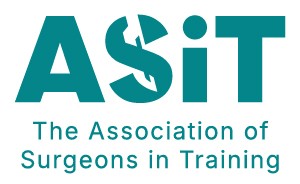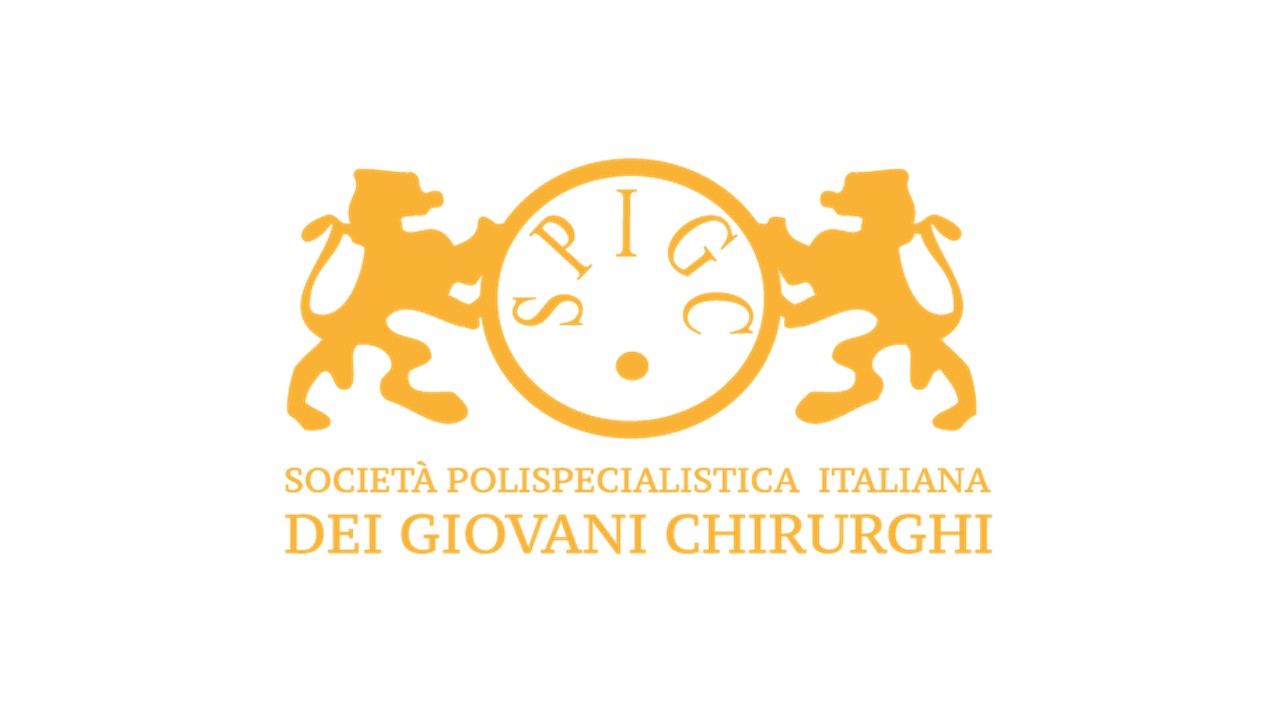BJS Academy>Cutting edge blog>Guest blog: Cerebral...
Guest blog: Cerebral microbleeds following thoracic endovascular aortic repair
W. Eilenberg a,b**, M. Bechstein d**, P. Charbonneauc, F. Rohlffs a, A. Eleshra a, G. Panuccio a, J. Bhangu b, J. Fiehler d, R. Greenhalgh e, S. Haulon c, T. Kölbel a* a German Aortic Center, Department of Vascular Medicine, University Heart & Vascular Center, University Hospital Hamburg-Eppendorf, Hamburg, Germany b Department of General Surgery, Division of Vascular Surgery, Medical University of Vienna, Vienna, Austria c Centre de l’Aorte, Hôpital Marie Lannelongue, Groupe hospitalier Paris Saint Joseph, Université Paris Saclay, France d Department of Diagnostic and Interventional Neuroradiology, University Medical Center Hamburg-Eppendorf, Hamburg, Germany. e Vascular Surgical Research Group, Imperial College, London, UK. ** both authors contributed equally E-mail: wolf.eilenberg@meduniwien.ac.at
3 December 2021
Guest Blog Vascular
Related articles

Plain English Summary: How the first COVID‐19 wave affected UK vascular services
The COVID-19 pandemic has impacted healthcare around the world. Patients who have vascular disease (problems with their arteries or veins), are at high-risk of having complications if they develop COVID-19. This is because patients with vascular disease usually have many medical problems. Some of them are also elderly and might be frail. We do not know how the COVID-19 pandemic might have affected the care of patients with vascular disease.
The COVER study is an international study trying to assess how the COVID-19 pandemic changed the medical care of patients with vascular disease. The first part of the COVER study was an internet survey. In this survey, doctors and healthcare professionals were asked questions (every week) about the care of vascular patients at their hospital. The results were published in this article.
The results showed that the COVID-19 pandemic had a major impact on vascular services worldwide. Most of the 249 hospitals taking part from 53 countries, reported big reductions in numbers of operations performed and the types of services they could offer to patients with vascular disease. Almost half of the hospitals stopped doing routine scans to detect artery problems and a third had to stop all clinics in the height of the pandemic. There were major changes in the resources available to treat blocked leg arteries. Most non-urgent operations, especially for vein problems, were cancelled.
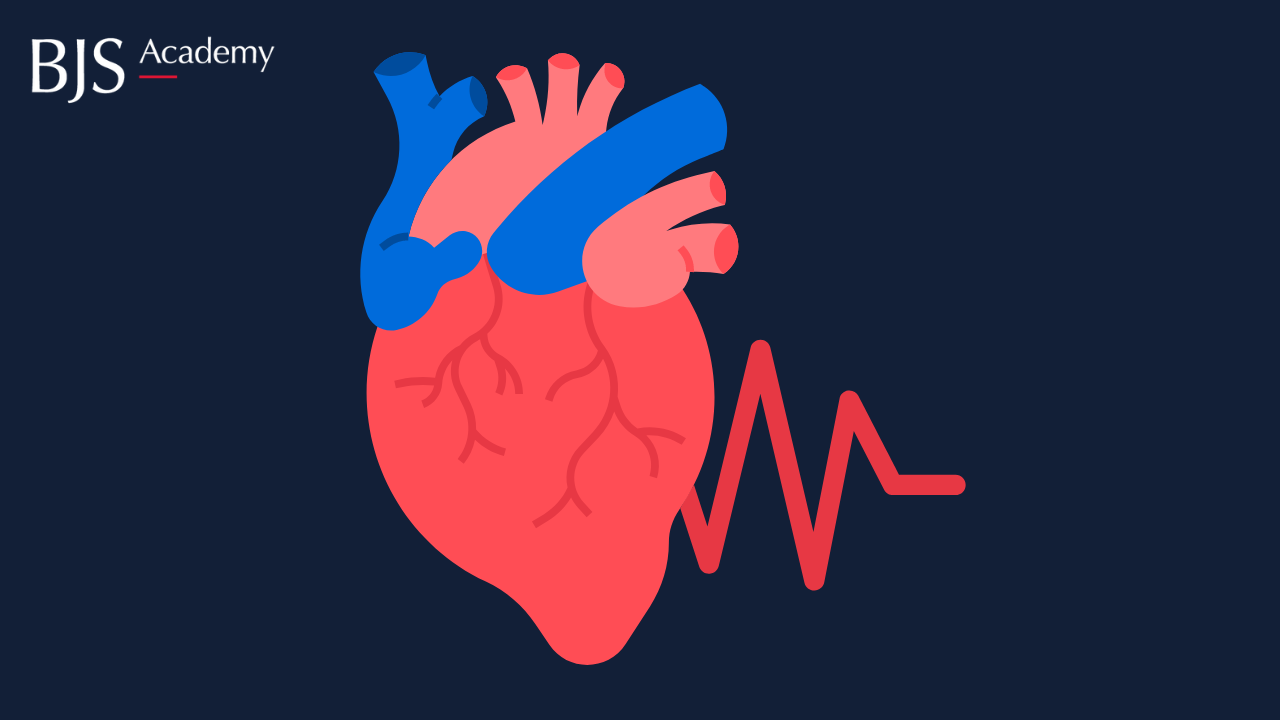
Insurance status may impact on survival from malignant cardiac tumours
Mohamed Rahouma, Massimo Baudo, Shon Shmushkevich, David Chadow, Abdelrahman Mohamed, Mario Gaudino, Roberto Lorusso
Cardiac neoplasms may develop as either a primary malignant disease or as metastases from an extra-cardiac location1. The incidence of cardiac malignancies is very low and only about 10% of primary cardiac tumours are malignant2. The most frequent benign cardiac tumour is myxoma, while the majority of primary malignant cardiac tumors (PMCTs) are sarcomas, consisting of various histological subtypes3. In general, an aggressive biological behaviour is typical of primary cardiac tumours4, and is associated with tumour size and location5. Survival outcomes remain poor even if detected early and aggressive surgical resection is the main primary curative option6,7. Survival is only around 10% at one year for tumours managed without surgery8,9. To date, the combination of surgery with systemic chemotherapy remains the best treatment for malignant cardiac tumours9. No consensus currently exists concerning the value of peri-operative chemotherapy and radiotherapy10,11,12. Palliative chemotherapy should be considered for patients with inoperable or metastatic disease.
In the current study we aimed to assess long-term overall survival (OS) differences based on insurance status in patients with malignant cardiac tumours using the National Cancer Database (NCDB). The NCDB is an oncology database that is sponsored by the American Cancer Society and the American College of Surgeons. We included data from the NCDB from 2004 to 2017. Overall survival and operative mortality were the primary and secondary outcomes, respectively.
Our study cohort included 699 patients that were stratified by insurance type: 412 (58.9%) had private insurance, 243 (34.8%) had governmental insurance and 44 (6.3%) were uninsured. Overall, operative mortality was 8.5%: 11.1% in the Uninsured, 2.6% in Medicaid, 13.9% in Medicare and 7% in Private Insurance/Managed Care groups, respectively (p=0.09). Histopathological details of the included patients can be seen in Table 1. Angiosarcoma, leiomyosarcoma and fibrosarcoma were the most prevalent variants in this cohort. Figure 1 describes the type of insurance over the considered timeframe. Private insurance/manages was always the most common form of insurance.

PelvEx 2024
John T. Jenkins1, Paul Sutton2
1. Consultant Colorectal Surgeon
Chair of Surgery
Lead Complex & Recurrent Cancer Service,
St. Mark's Hospital, London
Imperial College, London
Surgeon to the Royal Household
2. Consultant Colorectal, Pelvic, and Peritoneal Surgeon
Colorectal and Peritoneal Oncology Centre
The Christie NHS Foundation Trust
Chair ACPGBI Advanced Malignancy Subcommittee
DOI: https://doi.org/10.58974/bjss/azbc052
PelvEx 2024 was hosted and organized in London by the ACPGBI Advanced Malignancy Subcommittee and UKPEN. The Royal Institution provided the perfect venue, blending history with excellent facilities which ensured the meeting was a tremendous success. Nearly 300 delegates attended from all over the world, with this year’s meeting having a truly multi-disciplinary programme.
The first day included sessions on “R0 resection – How important is it really”, “How much is too much in exenteration surgery”, and “Mastering morbidity”. In addition, sessions on the “Consequences of exenteration surgery” including patient and nursing experiences, as well as discussion about sex and intimacy, and the psychological consequences of surgery. The day finished with a “Consultants Corner- Grey Heads on Green Shoulders” session discussing a number of diverse challenges encountered at different stages in clinical practice .
The second day began with the inaugural trainee prize presentation session for the now coveted Brunschwig Prize. A number of high quality abstracts were received and the six best (linked below this blog) were invited to deliver oral presentations. The quality was exceptional. This session was followed by sessions on “Research progress” and “Surgical techniques”, followed by an afternoon where the “Oncologists have their say” culminating with a “Global MDT”. The conference was live streamed to China and recorded for posterity.
Copied!
Connect

Copyright © 2025 River Valley Technologies Limited. All rights reserved.

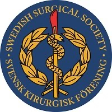




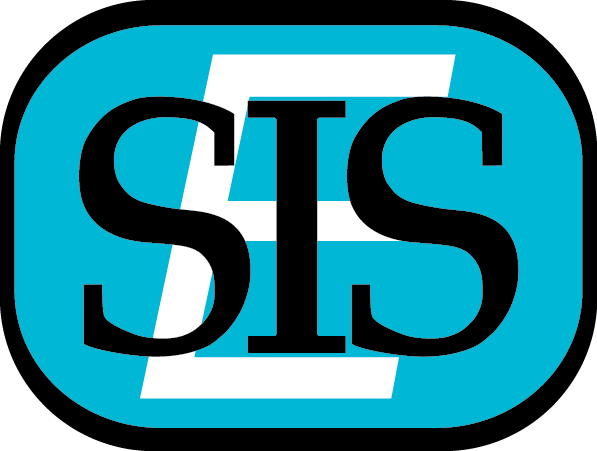

.jpg)
